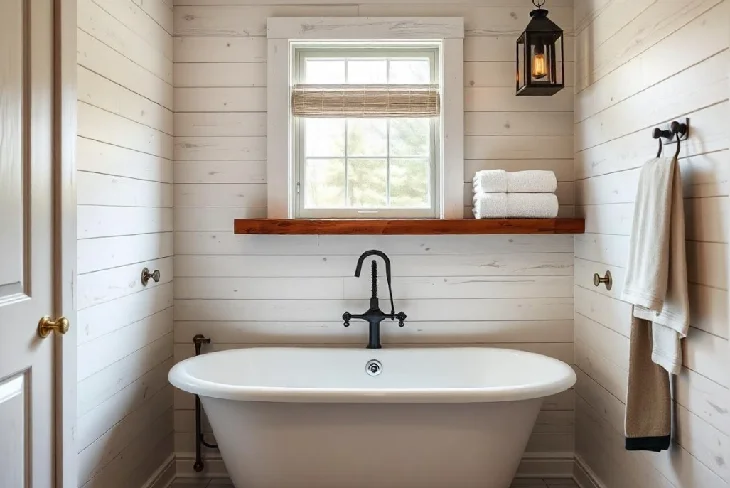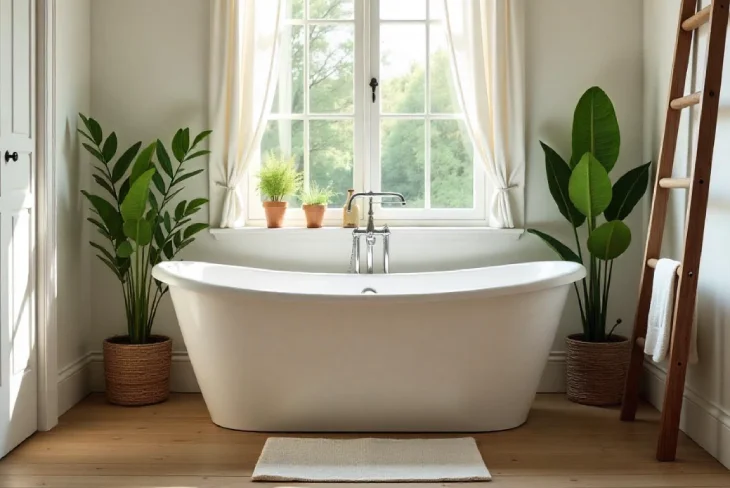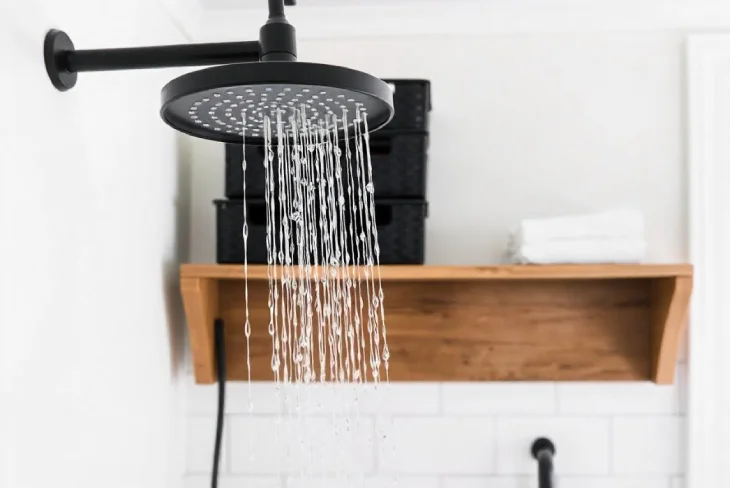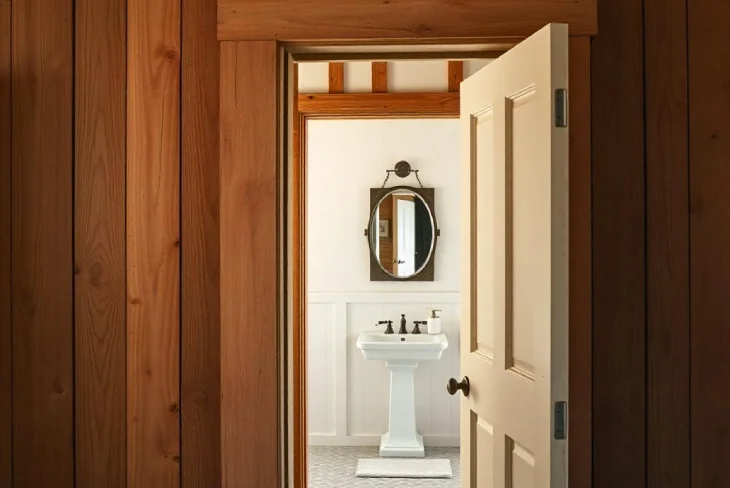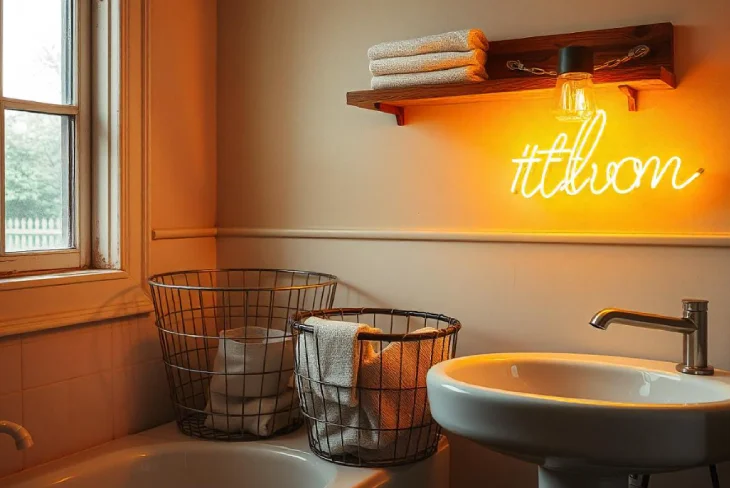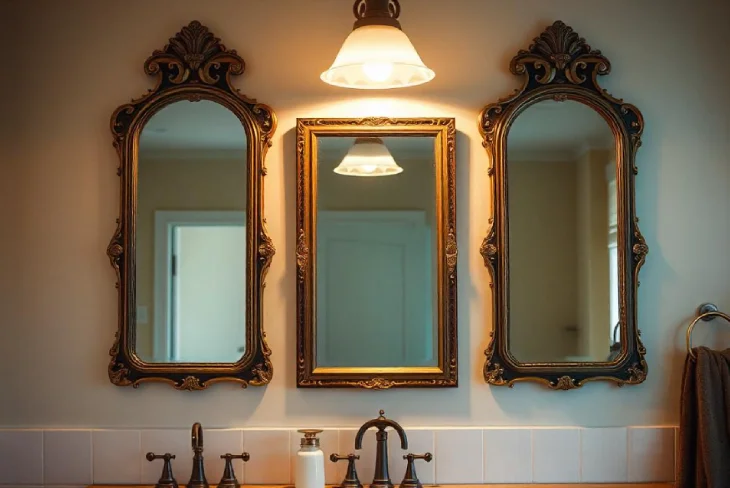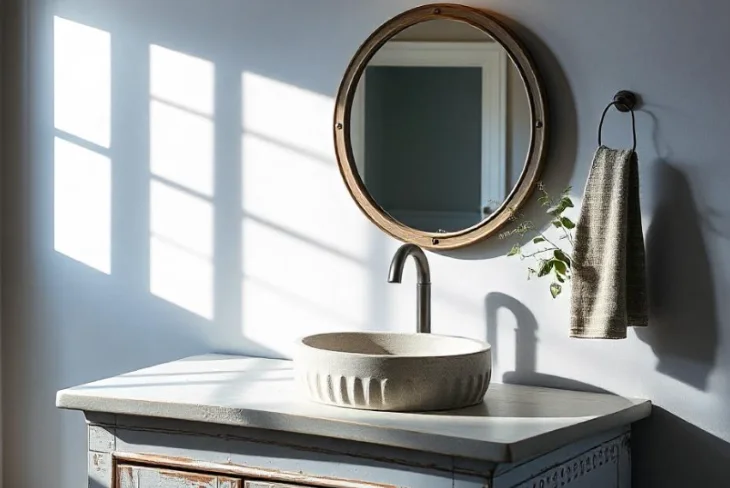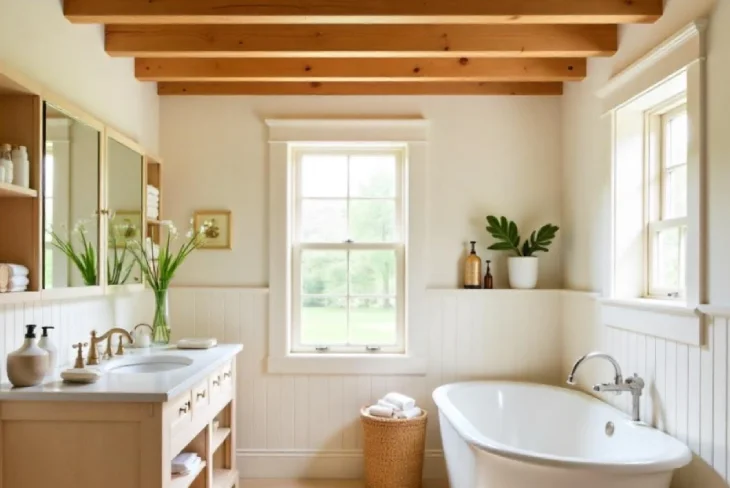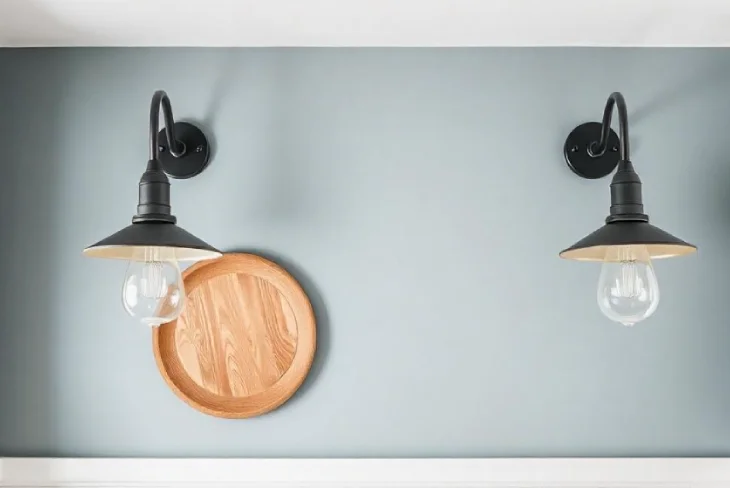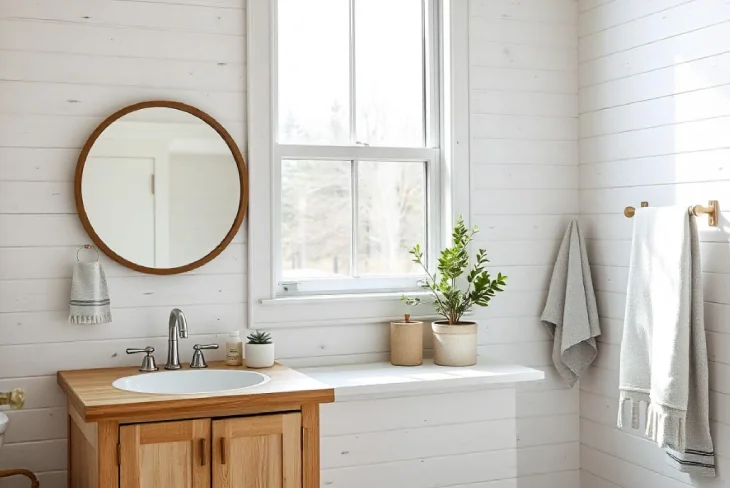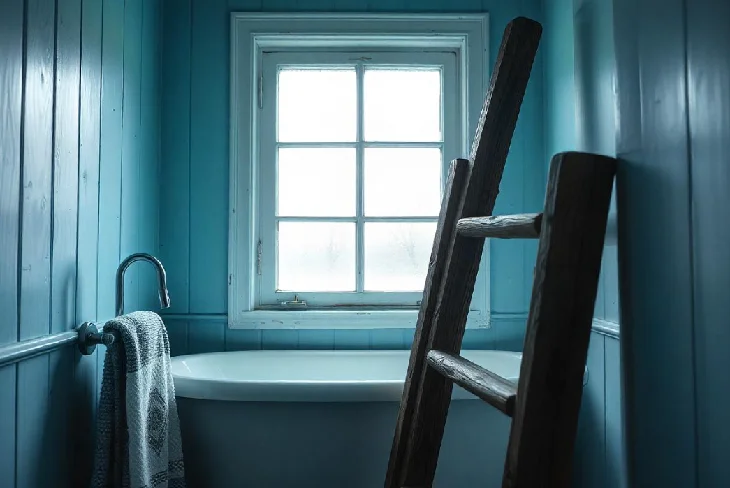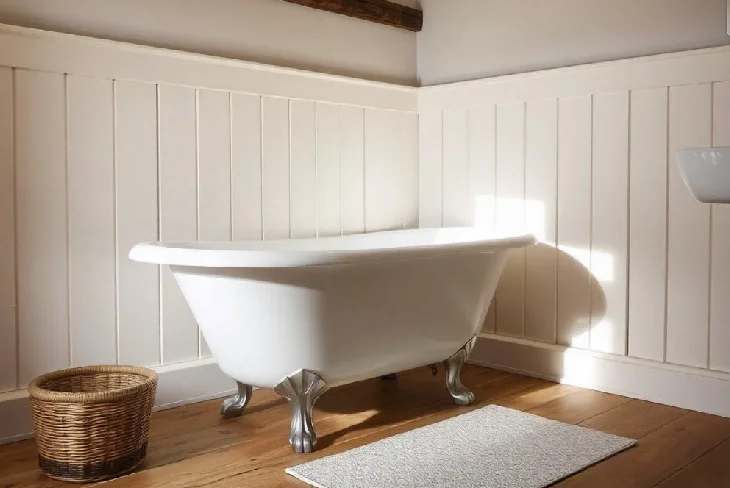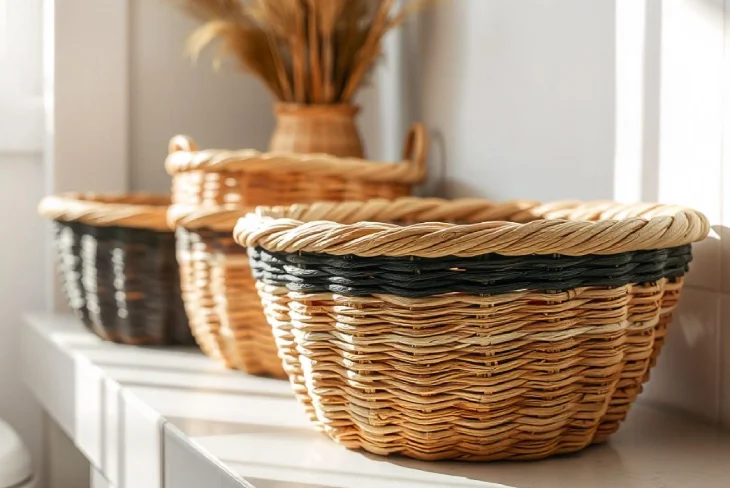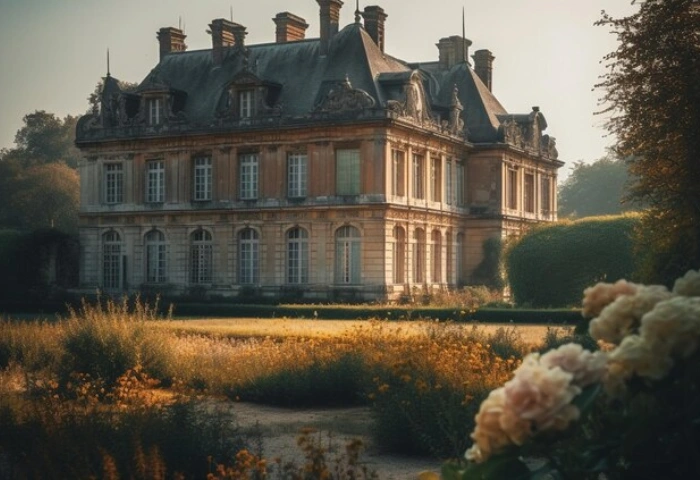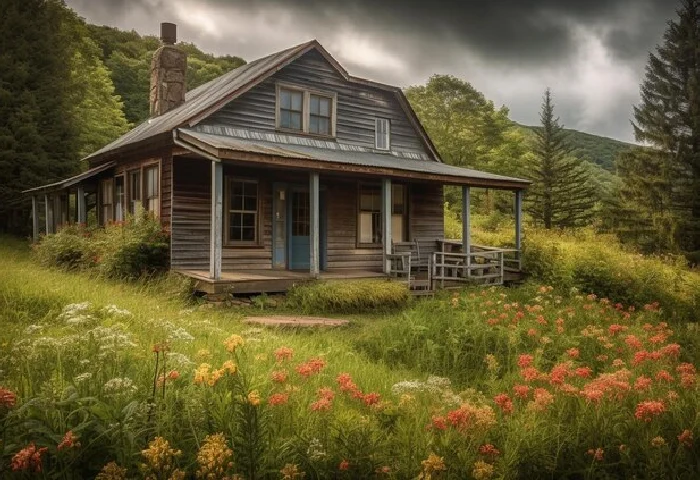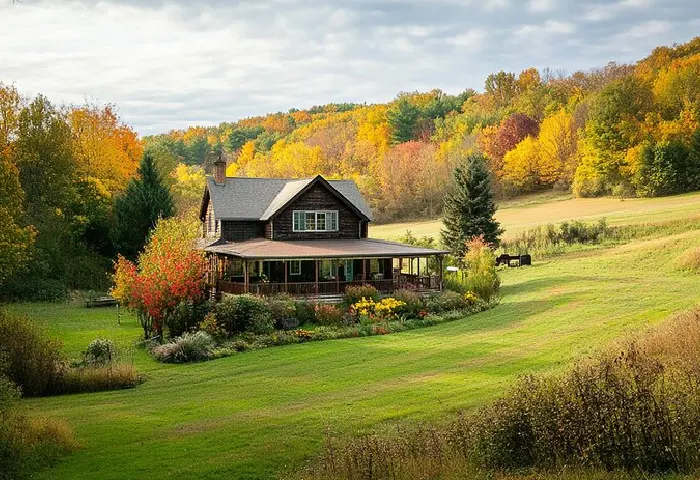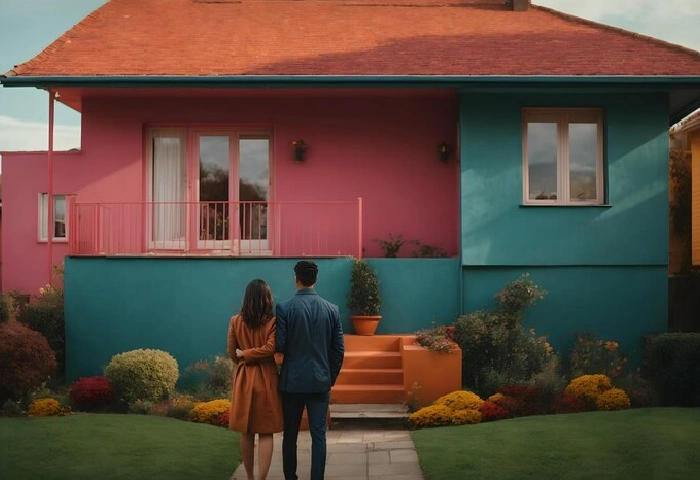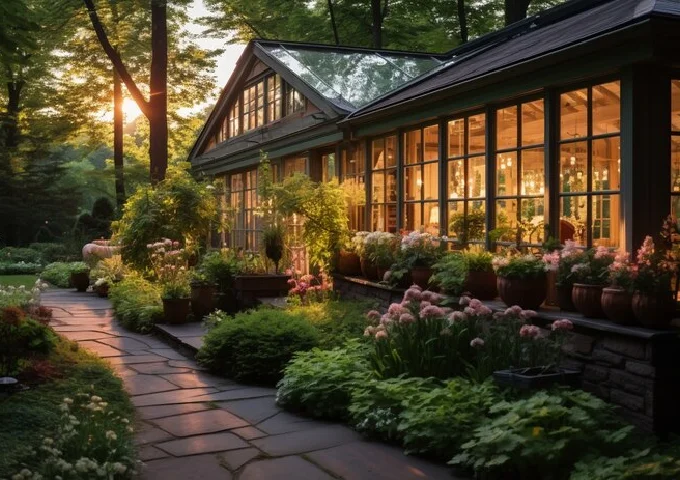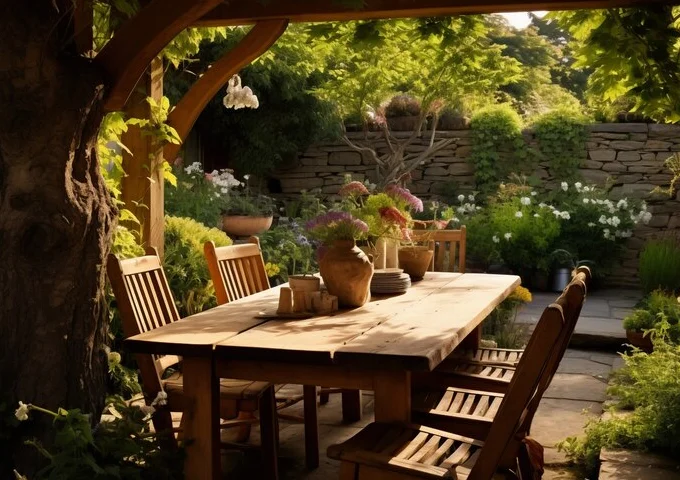Are you looking to make a stunning first impression in your home? Well, look no further than a textured glass entryway chandelier! These eye-catching fixtures are all the rage in 2024, combining style and function to create a welcoming atmosphere right from the get-go. With so many options out there, it can be tough to choose the perfect one. But don’t worry – we’ve got you covered with 15 amazing textured glass entryway chandelier ideas that’ll knock your socks off. From frosted orbs to crackle glass tiers, there’s something here for every taste and budget.
So let’s dive in and explore these dazzling lighting options that’ll make your entryway shine!
1. Frosted Glass Orb Chandelier
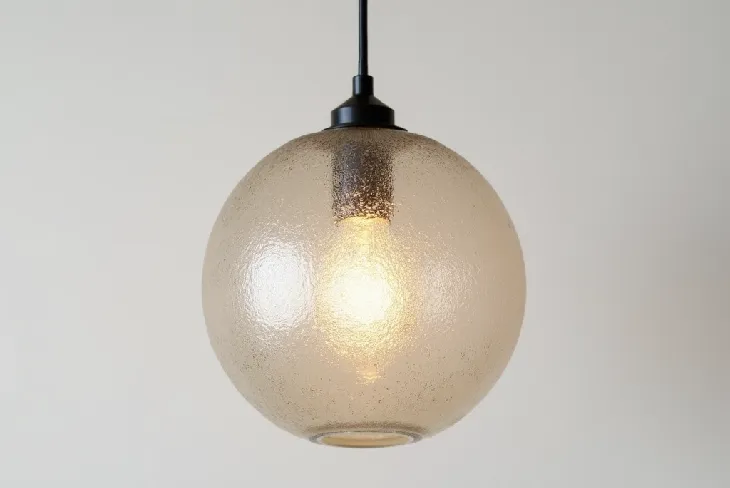
Frosted glass orb chandeliers are a hot trend, and it’s easy to see why. These beauties add a soft, dreamy glow to any entryway. The frosted finish diffuses light beautifully, creating a warm and inviting atmosphere as soon as you enter the door.
But what makes these chandeliers so special? Well, for starters, they’re super versatile. You can find them in all sizes and styles, from simple single orbs to elaborate multi-tiered designs. And the best part? They work with pretty much any decor style you can think of.
Want to make a statement? Go for a large, dramatic orb chandelier that’ll be the first thing guests notice when they walk in. Or, after a more subtle look, try a cluster of smaller frosted orbs at different heights. Either way, you’ll end up with a lighting fixture that’s both functional and fabulous.
2. Seeded Glass Pendant Cluster
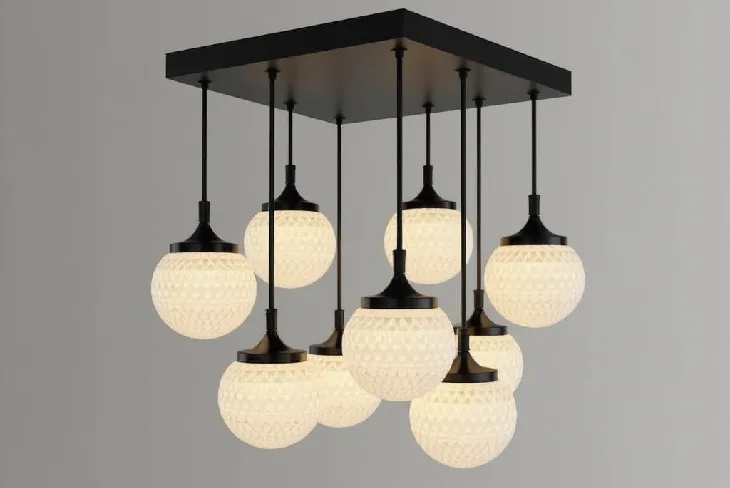
Next up, we’ve got seeded glass pendant clusters. These babies are like a party for your ceiling! Seeded glass, if you’re wondering, is glass with tiny bubbles trapped inside. It gives the glass a unique, vintage-inspired texture that’s totally on-trend right now.
When you group a bunch of these seeded glass pendants, magic happens. The result is a chandelier that’s full of character and charm. Each pendant catches the light differently, creating a dazzling display that will impress.
One of the coolest things about seeded glass pendant clusters is how customizable they are. You can mix and match different shapes and sizes of pendants to create your unique design. Go for a uniform look with all-round pendants, or mix it up with some teardrop shapes thrown in. The possibilities are endless!
3. Rippled Glass Drum Chandelier

Moving on to something a bit more structured, we’ve got rippled glass drum chandeliers. These bad boys are perfect if you want a textured glass entryway chandelier that’s got a bit more oomph to it.
Picture this: a cylindrical shade made of rippled glass, casting beautiful patterns of light and shadow all around your entryway. It’s like having your light show every time you flick the switch! The rippled texture adds depth and interest to the fixture, making it way more exciting than your average drum chandelier.
But don’t think these are just for modern homes. Rippled glass drum chandeliers can work in all sorts of spaces. In a traditional entryway, they add a touch of contemporary flair. In a more modern setting, they fit right in with their sleek, geometric shape. It’s a win-win situation!
4. Bubble Glass Sputnik Fixture
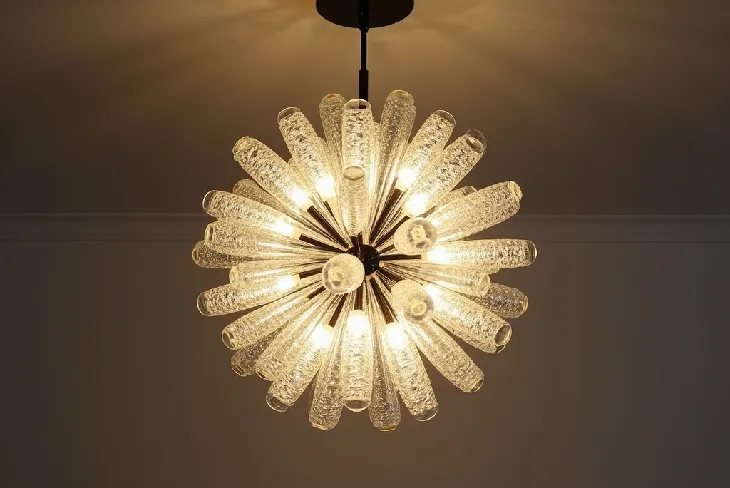
Now, if you want to make a statement, check out bubble glass Sputnik fixtures. These chandeliers are out of this world – literally! They’re inspired by the Sputnik satellite, with arms radiating out from a central point, each tipped with a bubble of textured glass.
Bubble glass Sputnik fixtures are like the cool kids of the chandelier world. They’re funky, they’re fun, and they’re not afraid to stand out. The bubble glass adds a playful touch to the otherwise sleek and modern design, creating a perfect balance of whimsy and sophistication.
One of the best things about these chandeliers is how they play with light. Each glass bubble acts like a mini-lens, scattering light in all directions. The result? A twinkling, star-like effect that’ll make your entryway feel magical. Who wouldn’t want to come home to that every day?
5. Crackle Glass Tiered Chandelier
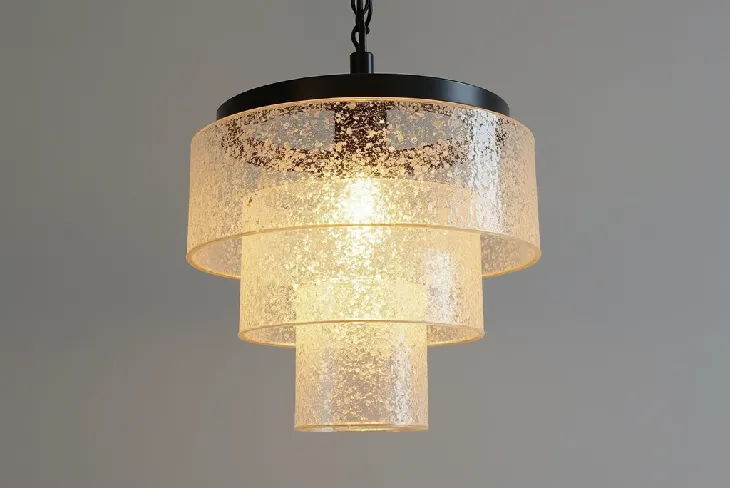
Let’s talk about crackle glass-tiered chandeliers. These beauties are like the vintage wine of the lighting world – they just get better with age. Crackle glass has a unique, weathered look that adds instant character to any space.
Imagine walking into your entryway and looking up to see tiers of crackling glass cascading down from the ceiling. It’s like a waterfall of light! The cracks in the glass create fascinating patterns as light shines through, turning your chandelier into a work of art.
But don’t think these chandeliers are stuck in the past. Modern designs often combine crackle glass with sleek metal finishes for a look that’s both vintage and contemporary. It’s the perfect way to add some old-world charm to your entryway without going full-on antique shop.
6. Etched Glass Lantern Pendant
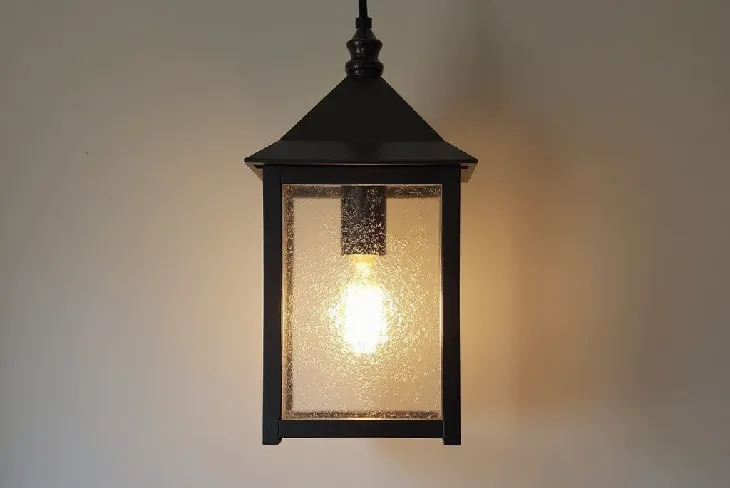
Next on our list of textured glass entryway chandelier ideas is the etched glass lantern pendant. These fixtures are like the sophisticated cousins of regular lanterns. They’ve got all the charm of a traditional lantern but with an extra dose of elegance thanks to the etched glass.
Etched glass lantern pendants are perfect for creating a warm, inviting atmosphere in your entryway. The etched patterns on the glass soften the light, creating a gentle glow that’s super flattering (hello, perfect selfie lighting!). Plus, the lantern shape adds a touch of classic style that never goes out of fashion.
One of the coolest things about these pendants is the variety of etched patterns available. You can find everything from delicate floral designs to bold geometric patterns. It’s a great way to add some personality to your entryway without going overboard.
7. Hammered Glass Globe Chandelier

Moving on to something with a bit more texture, we’ve got hammered glass globe chandeliers. These fixtures are like the bad boys of the chandelier world – they’ve got attitude, and they’re not afraid to show it!
Hammered glass has a unique, dimpled texture that catches and reflects light in all sorts of interesting ways. When you shape this glass into globes and hang them as a chandelier, the result is nothing short of spectacular. It’s like having a constellation of twinkling stars right there in your entryway.
But the best part about hammered glass globe chandeliers? They’re surprisingly versatile. The texture adds interest without being overwhelming, so these fixtures can work in all sorts of design styles. Whether your home is rustic, modern, or somewhere in between, a hammered glass globe chandelier can fit right in.
8. Ombre Textured Glass Cascade
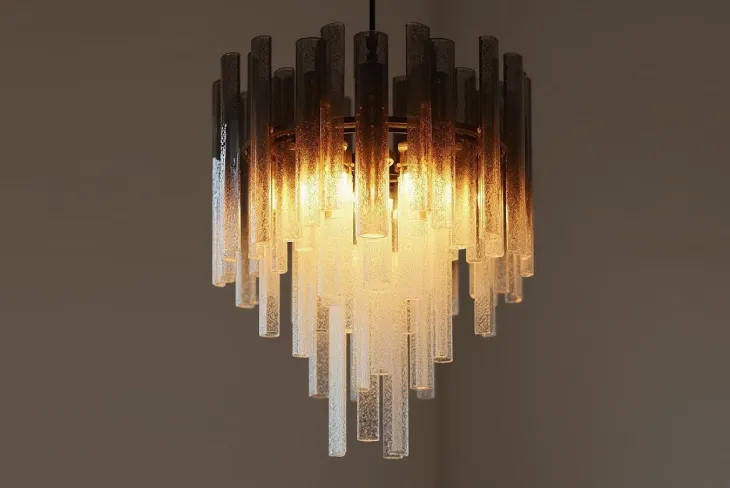
If you’re looking for a textured glass entryway chandelier that’s truly unique, check out ombre textured glass cascades. These chandeliers are like a sunset in your entryway – beautiful, colorful, and always changing.
Ombre, if you’re not familiar, is a gradual blending of one color to another. Now imagine that effect on a series of textured glass pendants, cascading down from your ceiling. Pretty cool, right? The texture of the glass adds depth to the color gradient, creating a truly mesmerizing fixture.
One of the great things about ombre textured glass cascades is how customizable they are. You can choose colors that complement your decor or go for a bold contrast to make a statement. And because the color changes gradually, these chandeliers can tie together different color schemes in your home. Talk about a multi-tasker!
9. Geometric Faceted Glass Fixture
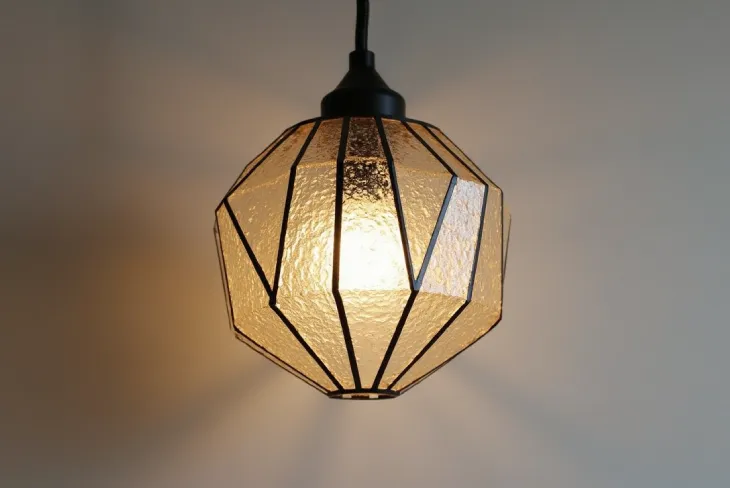
For those who love clean lines and modern design, geometric faceted glass fixtures are the way to go. These chandeliers are like diamonds for your ceiling – all sparkle and shine, with a cool, contemporary edge.
Geometric faceted glass fixtures feature glass panels cut into angular shapes, creating a prism-like effect. When light shines through, it’s refracted and reflected in all directions, creating a dazzling display. It’s like having your light show every time you turn on the chandelier!
But don’t think these fixtures are just for ultra-modern homes. The combination of clean geometric shapes and the warmth of glass can work in all sorts of settings. In a more traditional space, a geometric faceted glass fixture can add a touch of contemporary flair without feeling out of place.
10. Sandblasted Glass Cylinder Chandelier
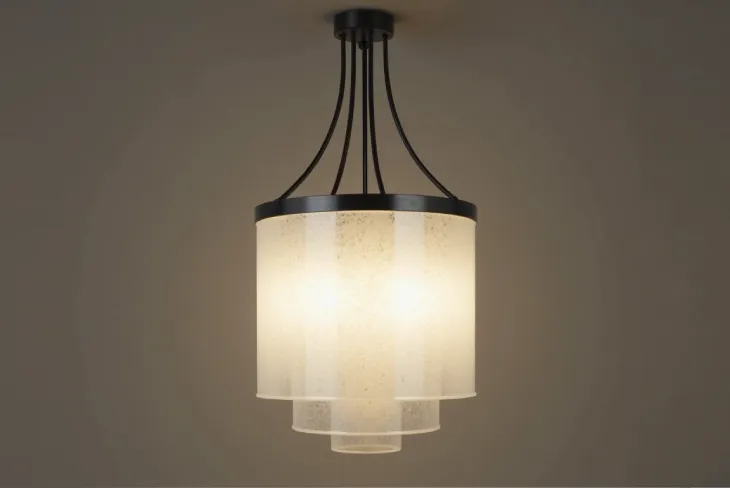
Next up, we’ve got sandblasted glass cylinder chandeliers. These fixtures are like the cool, calm, and collected members of the chandelier family. They’re not flashy, but they’ve got a quiet elegance that’s hard to beat.
Sandblasting gives the glass a frosted, matte finish that diffuses light beautifully. When you shape this glass into cylinders and hang them as a chandelier, you get a fixture that’s both stylish and functional. The soft, even glow is perfect for creating a welcoming atmosphere in your entryway.
One of the best things about sandblasted glass cylinder chandeliers is their versatility. The simple shape and matte finish can work with pretty much any decor style. Plus, you can find them in all sorts of configurations – from single large cylinders to clusters of smaller ones. It’s easy to find one that fits your space perfectly.
11. Wavy Glass Panel Chandelier
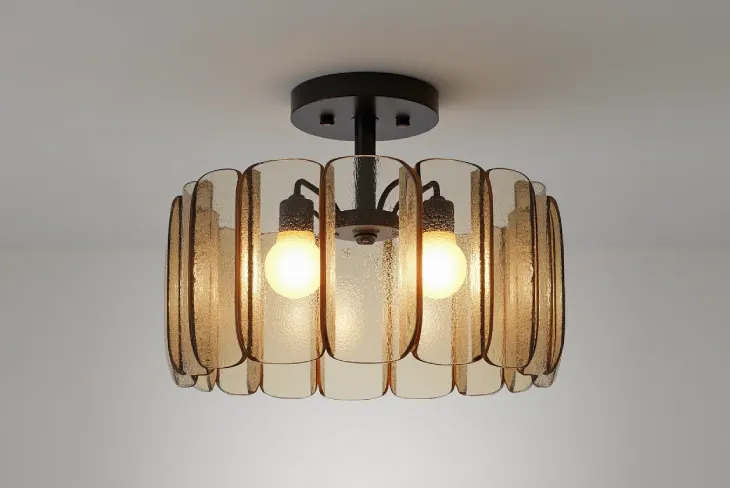
If you’re after something a bit more dynamic, check out wavy glass panel chandeliers. These fixtures are like ocean waves frozen in time – fluid, organic, and captivating.
Wavy glass panels add movement and interest to a chandelier without being overwhelming. The gentle curves catch and reflect light in fascinating ways, creating patterns of light and shadow that change as you move around the space. It’s like having a living, breathing piece of art in your entryway.
But the best part about wavy glass panel chandeliers? They’re surprisingly versatile. The organic shapes can soften a modern space, while the clean lines of the panels can add a contemporary touch to a more traditional setting. It’s the best of both worlds!
12. Pebbled Glass Sphere Cluster
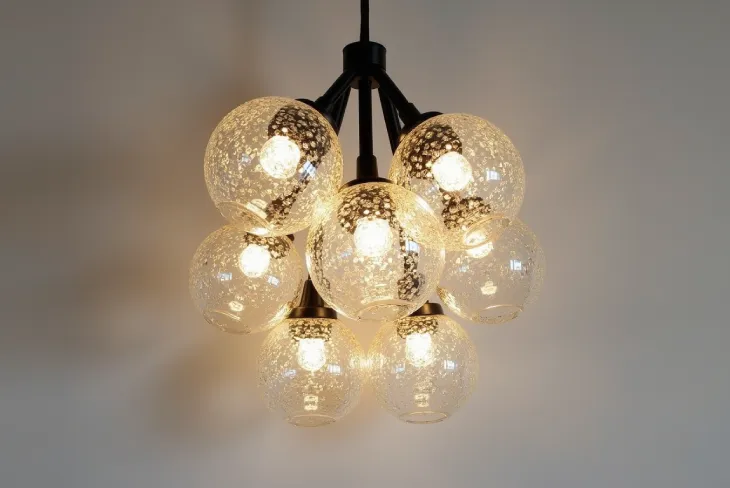
Moving on to something with a bit more texture, we’ve got pebbled glass sphere clusters. These chandeliers are like a handful of sea glass suspended from your ceiling – natural, organic, and unique.
Pebbled glass has a bumpy, uneven surface that’s reminiscent of water-worn pebbles. When you shape this glass into spheres and cluster them together as a chandelier, the result is both visually interesting and wonderfully tactile. Each sphere catches and diffuses light differently, creating a soft, varied glow.
One of the coolest things about pebbled glass sphere clusters is how customizable they are. You can mix and match different sizes of spheres, play with the arrangement, and even incorporate different colors of glass. It’s a great way to create a chandelier that’s truly one-of-a-kind.
13. Ribbed Glass Tube Chandelier

Next on our list of textured glass entryway chandelier ideas is the ribbed glass tube chandelier. These fixtures are like the pin-striped suits of the lighting world – sleek, sophisticated, and undeniably stylish.
Ribbed glass tubes have a series of parallel ridges running along their length. This texture adds visual interest and depth to the glass, while also affecting how light passes through. The result is a chandelier that’s both visually striking and functionally brilliant at distributing light.
But don’t think these chandeliers are just for modern spaces. The combination of the classic tube shape and the textured glass can work in all sorts of settings. In a traditional entryway, a ribbed glass tube chandelier can add a touch of contemporary flair without feeling out of place.
14. Mosaic Glass Disc Pendant
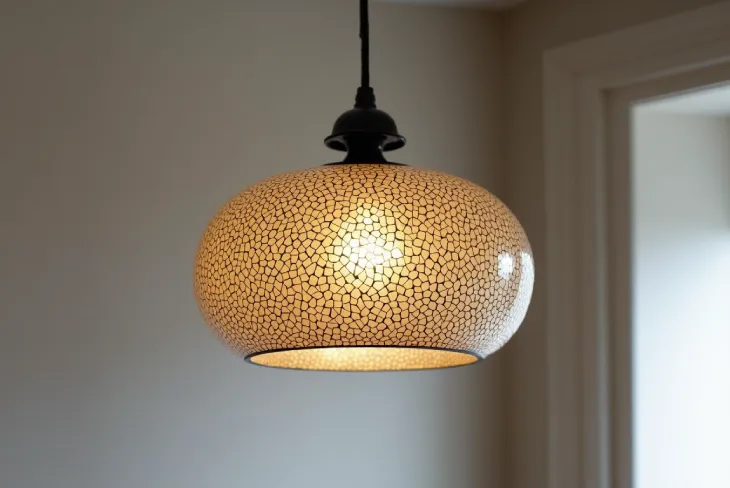
If you’re looking for a textured glass entryway chandelier that’s truly unique, check out mosaic glass disc pendants. These fixtures are like kaleidoscopes for your ceiling – colorful, intricate, and always changing.
Mosaic glass discs are made up of small pieces of colored glass arranged in patterns. When light shines through, it creates a dazzling display of color and pattern. Hang a few of these discs together as a chandelier, and you’ve got a real showstopper on your hands.
One of the best things about mosaic glass disc pendants is how customizable they are. You can choose colors and patterns that complement your decor, or go for a bold contrast to make a statement. And because each disc is a work of art in itself, these chandeliers can be appreciated even when they’re not lit.
15. Ice Crystal Glass Chandelier
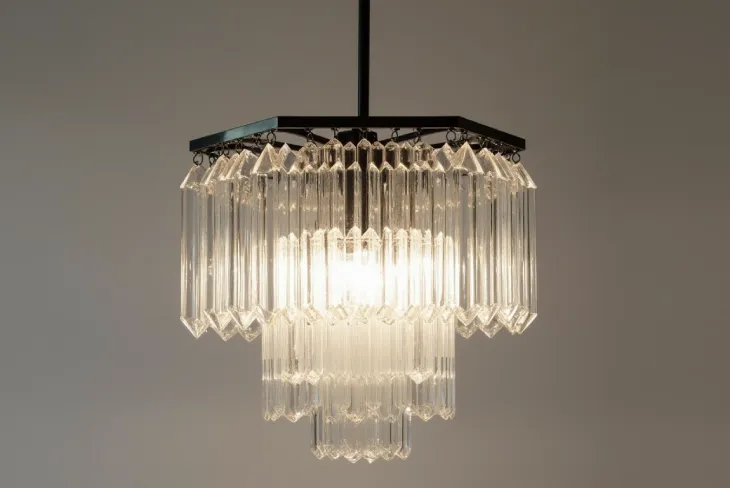
Last but not least, we’ve got ice crystal glass chandeliers. These fixtures are like a winter wonderland for your entryway – sparkling, magical, and utterly enchanting.
Ice crystal glass chandeliers feature glass pieces shaped to resemble icicles or snowflakes. When light shines through, it creates a dazzling, refracted display that’s reminiscent of sunlight on fresh snow. It’s like having a piece of winter magic in your home all year round!
But don’t think these chandeliers are just for the holiday season. The clear glass and crystalline shapes can work in all sorts of settings and seasons. In a modern space, an ice crystal glass chandelier can add a touch of organic beauty. In a more traditional setting, it can bring a bit of sparkle and glamour.
Conclusion
Wow, we’ve covered a lot of ground! From frosted orbs to ice crystals, there’s a textured glass entryway chandelier out there for every style and taste. These fixtures are more than just lights – they’re statement pieces that can transform your entryway from bland to grand.
Remember, the key to choosing the perfect chandelier is to consider your space, your style, and your lighting needs. Don’t be afraid to go bold and choose something that speaks to you. After all, your entryway is the first thing people see when they enter your home, so why not make it unforgettable?
So go ahead, and light up your life with one of these amazing textured glass entryway chandeliers. Your home (and your guests) will thank you!


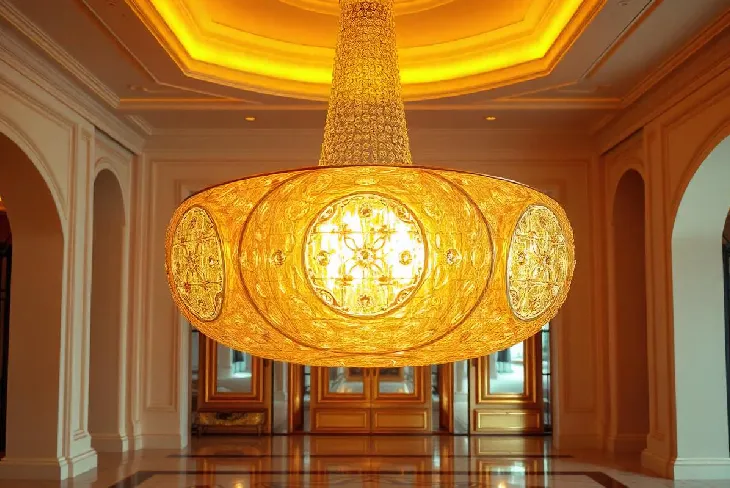















![15 Antique Kitchen Design Ideas [Timeless Charm for Modern Homes]](https://homewhizz.co.uk/wp-content/uploads/2024/11/Antique-Kitchen-Design-Ideas.webp)
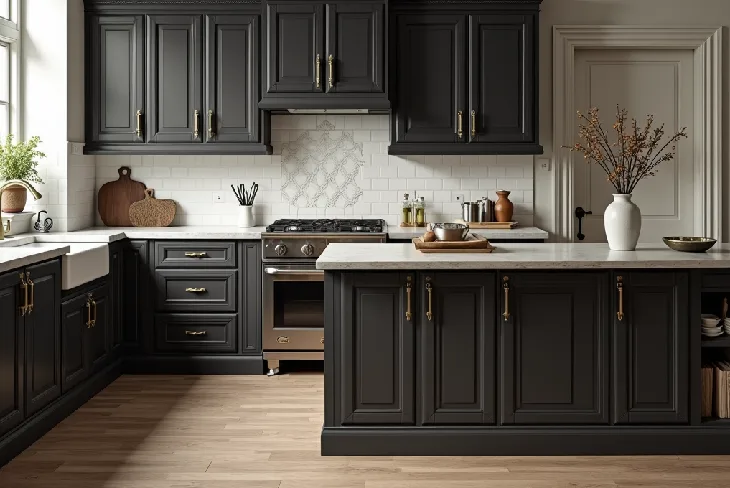
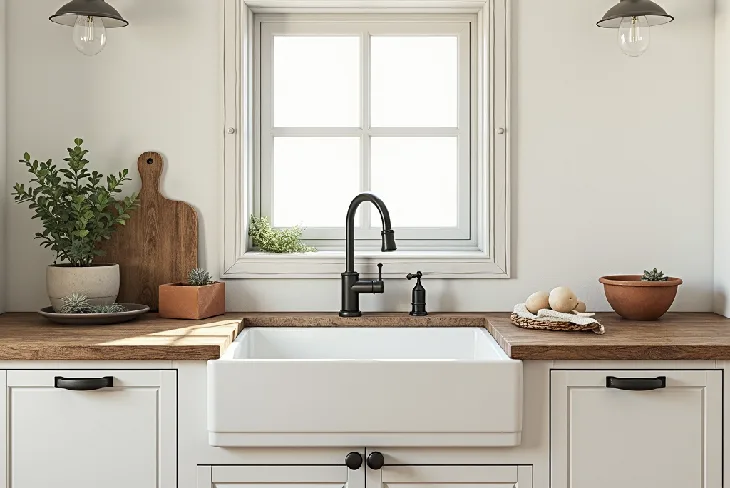
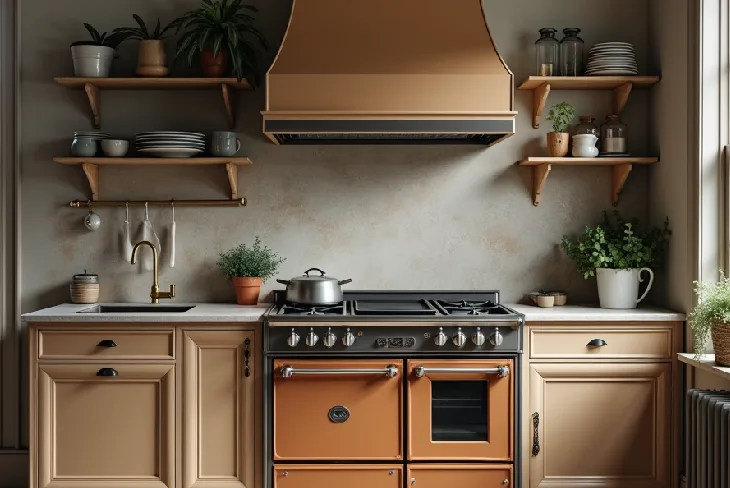
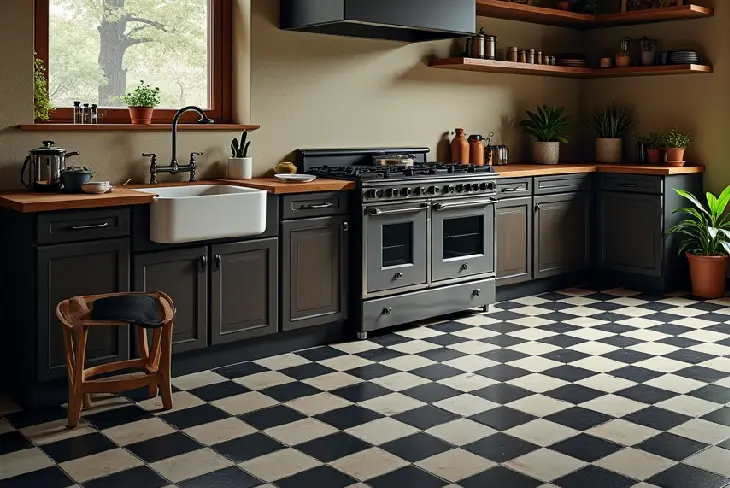
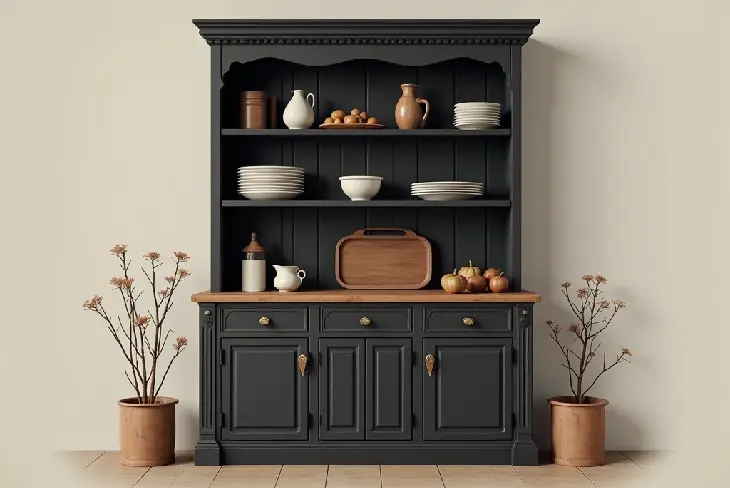
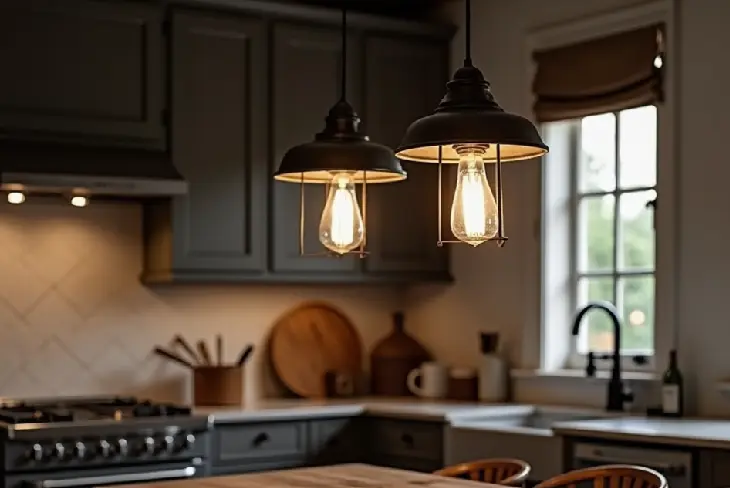
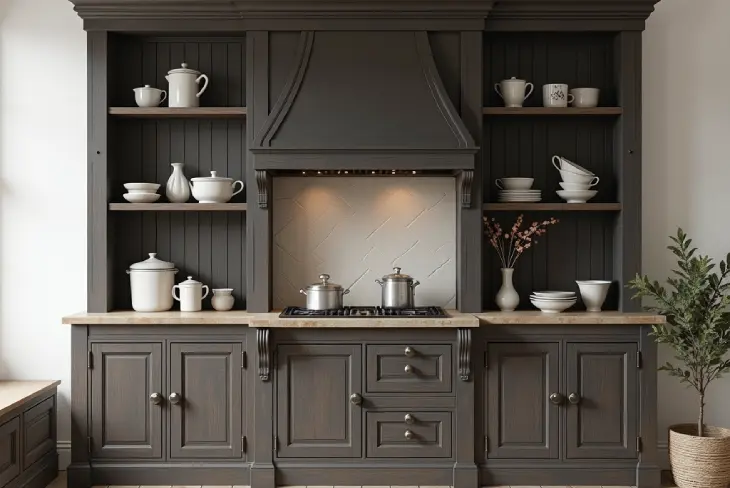
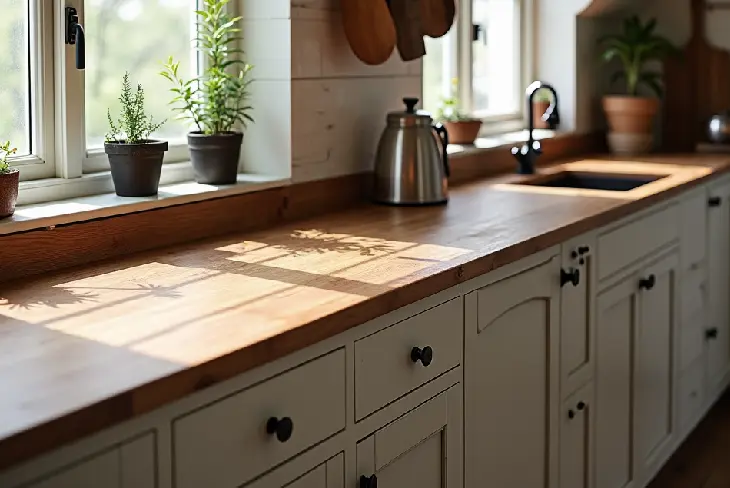
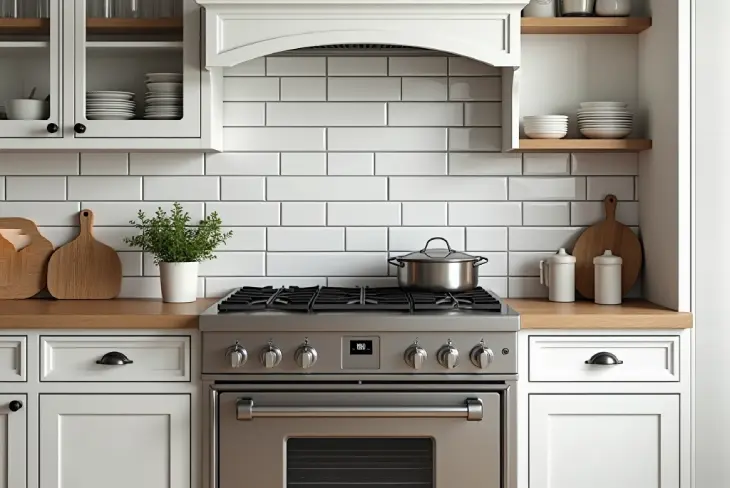
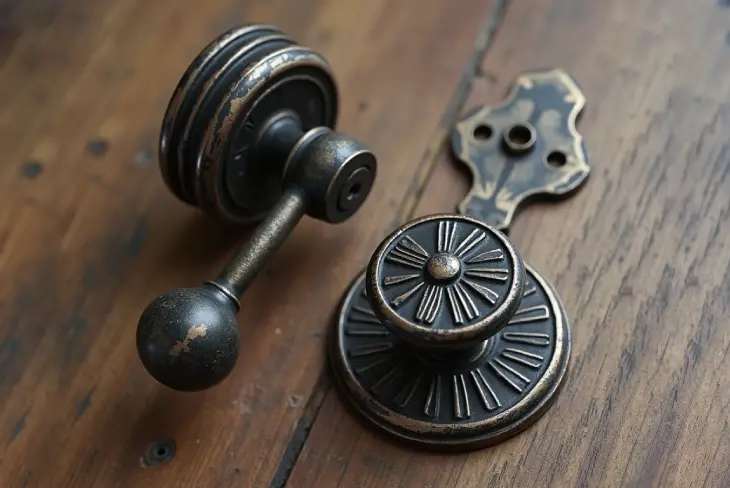
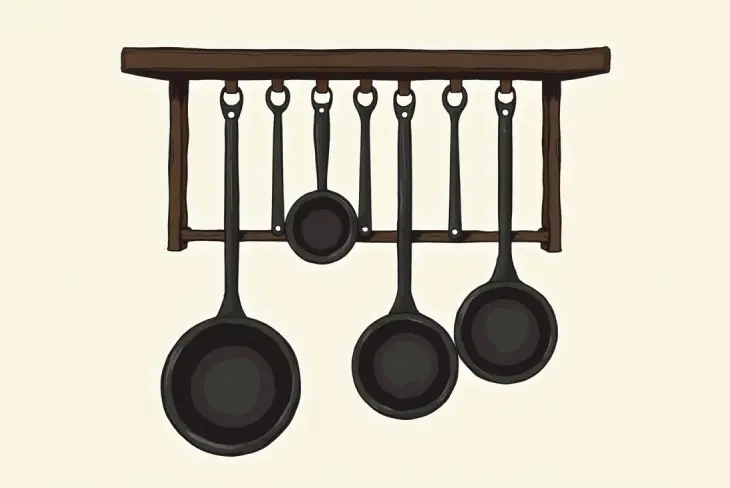
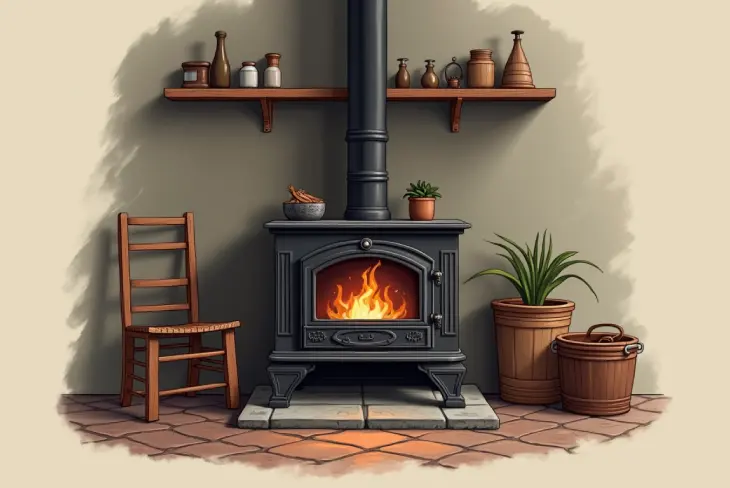
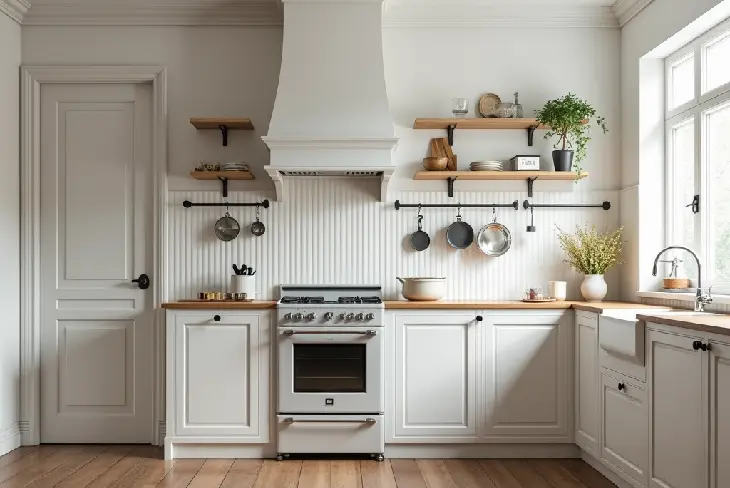
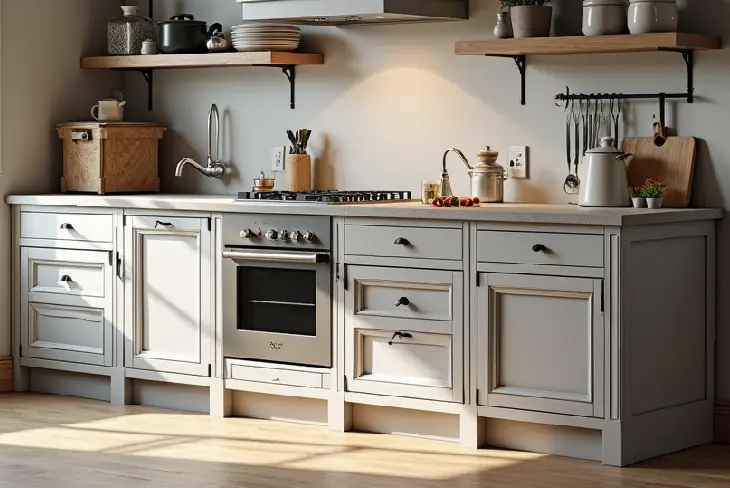
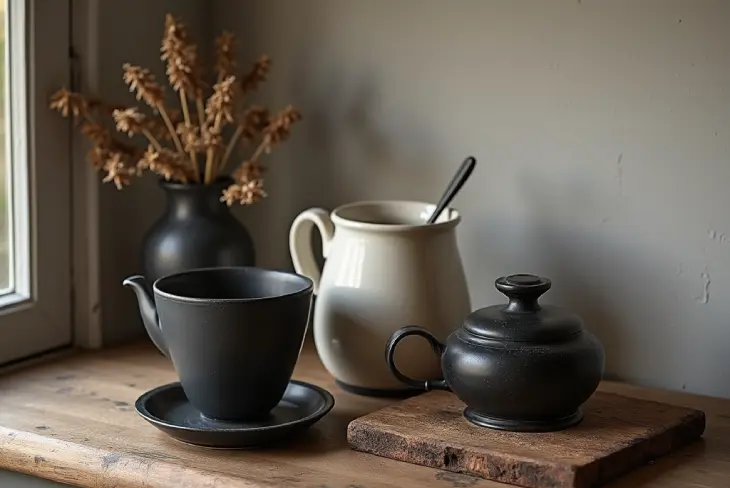
![15 Luxury Kitchen Design Ideas [2025 Trends]](https://homewhizz.co.uk/wp-content/uploads/2024/11/Luxury-Kitchen-Design-Ideas.webp)
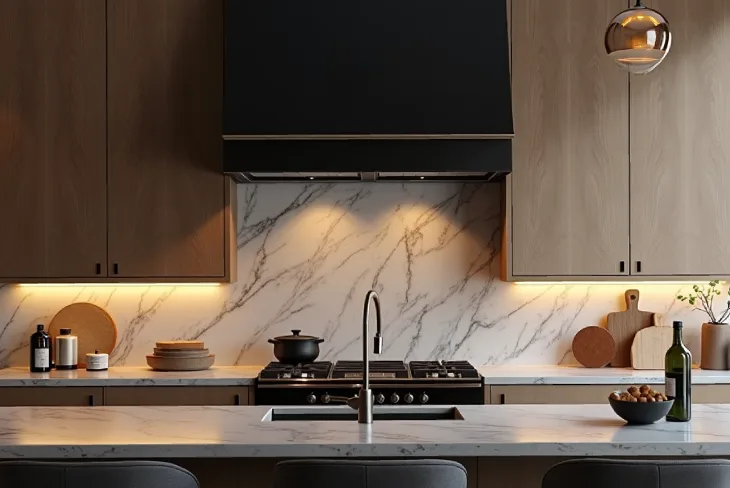
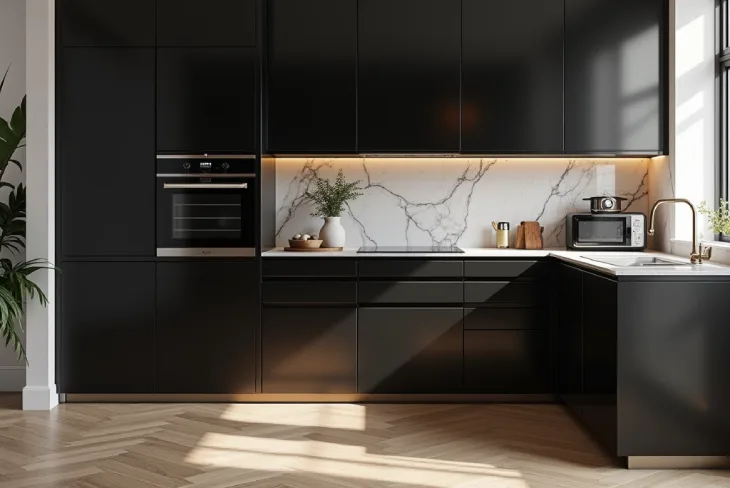
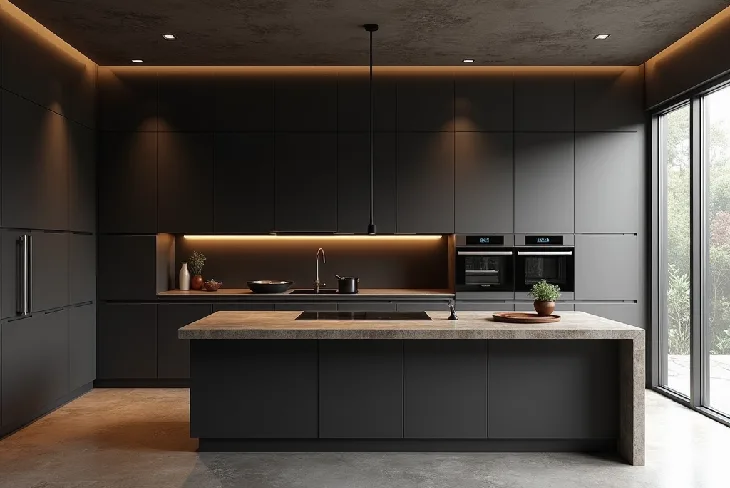

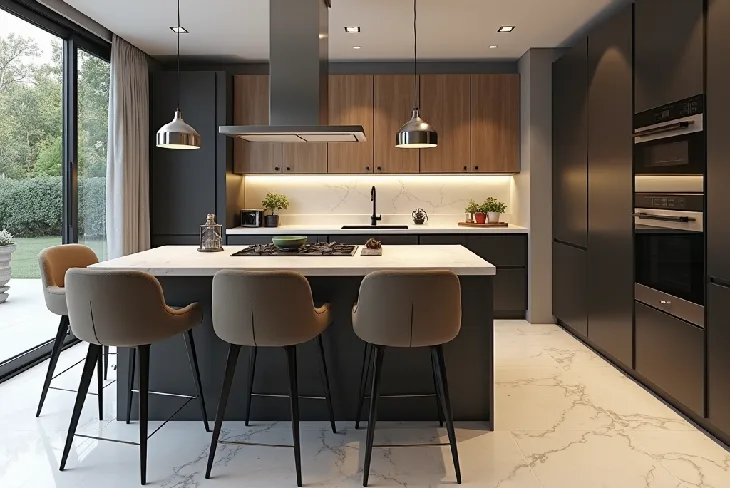
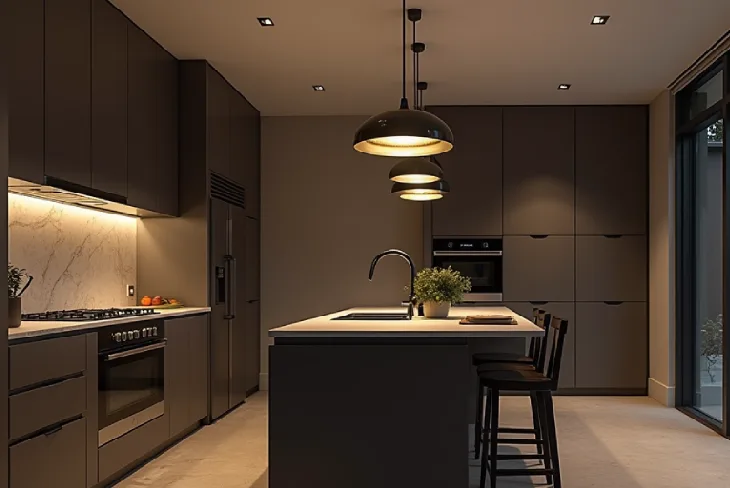
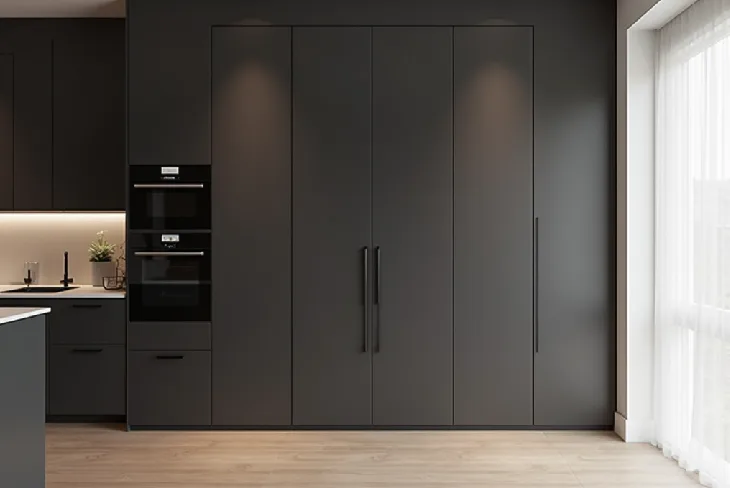
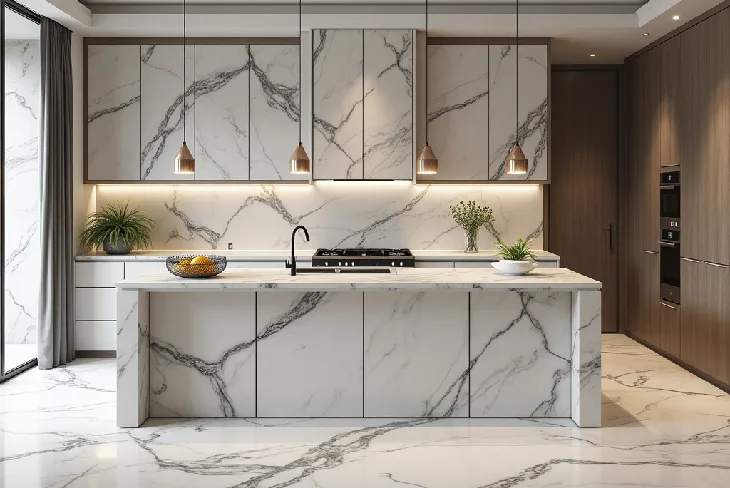
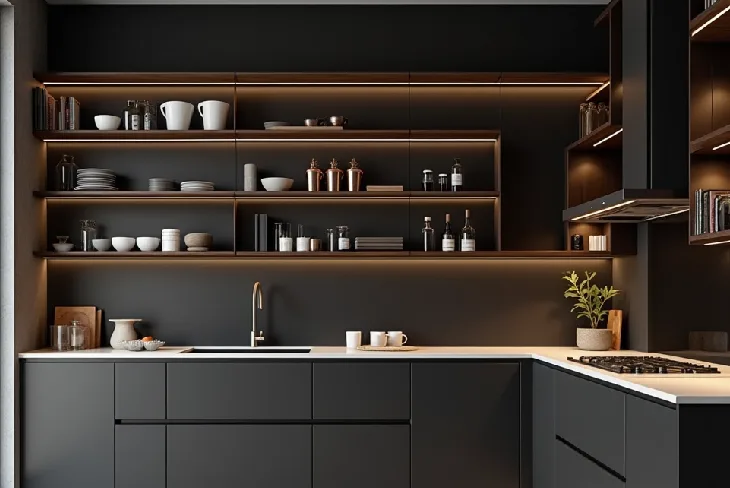
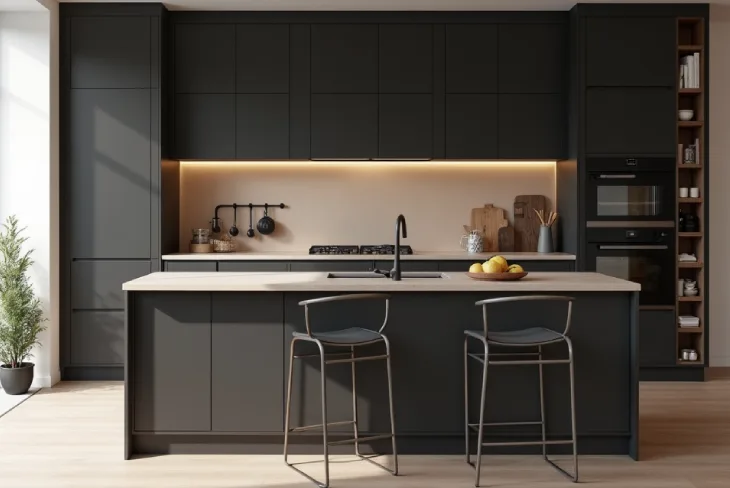
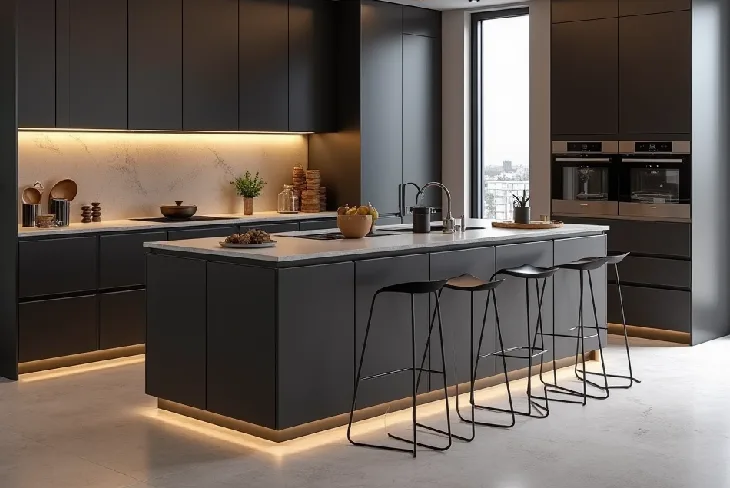
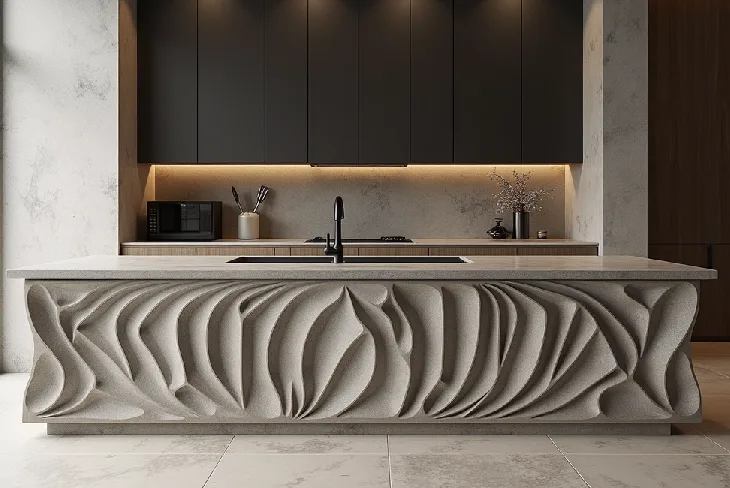
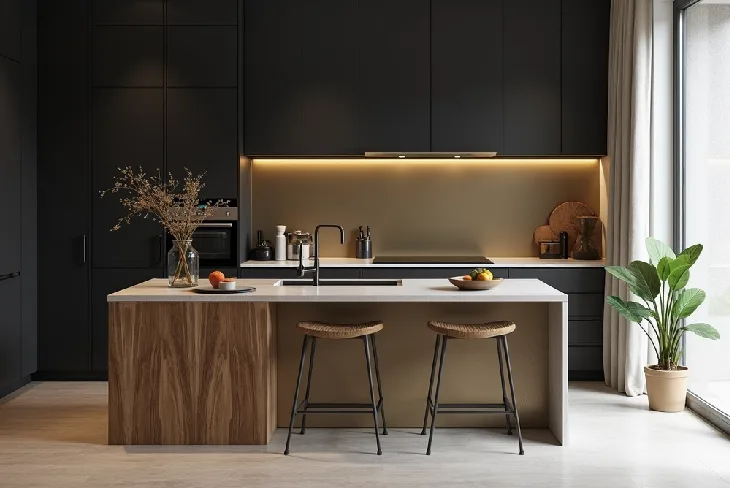
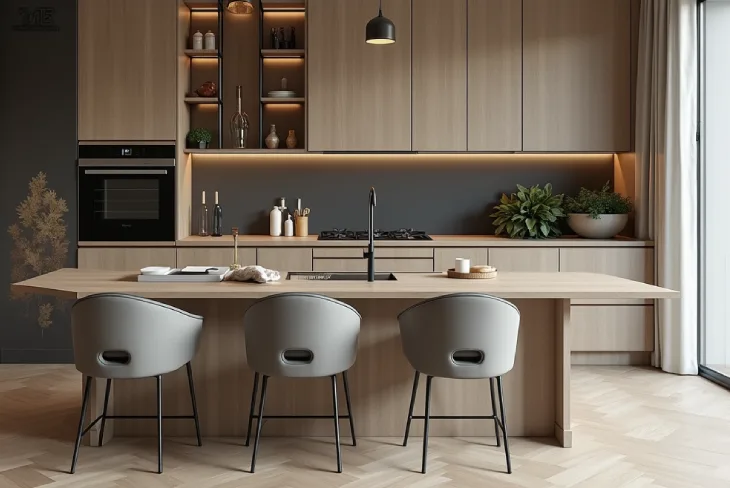
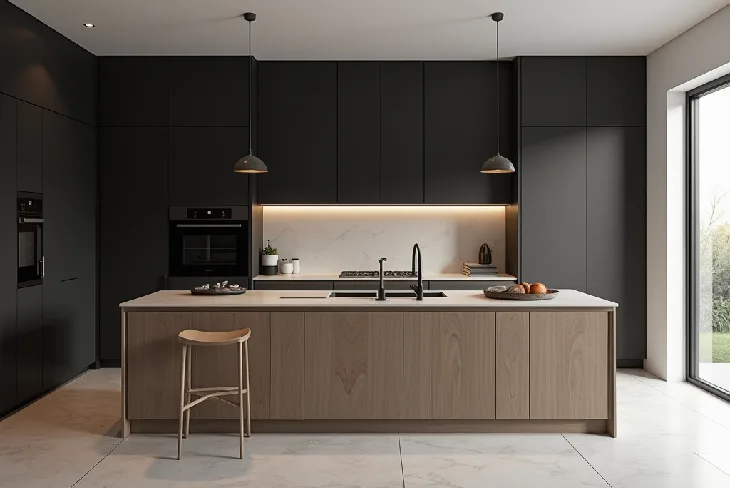
![15 Narrow Bathroom Design Ideas [2025 Space-Saving Trends]](https://homewhizz.co.uk/wp-content/uploads/2024/11/Narrow-Bathroom-Design-Ideas.webp)
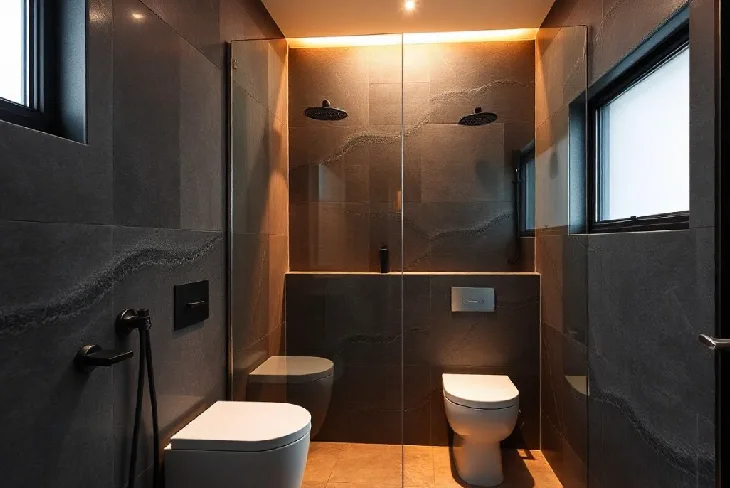
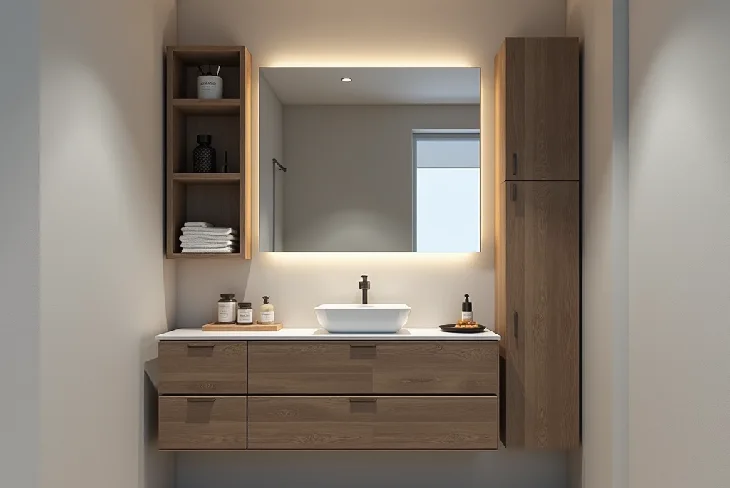
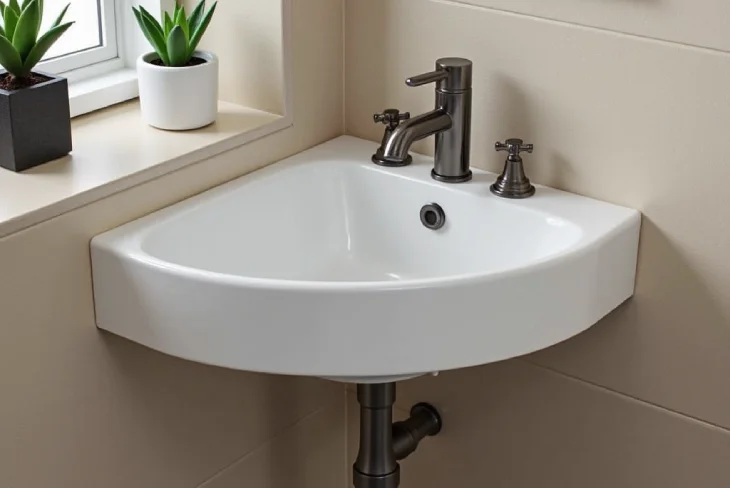
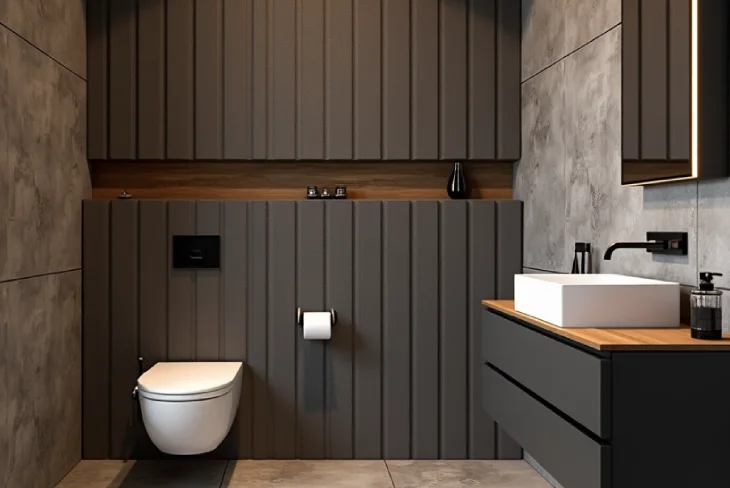
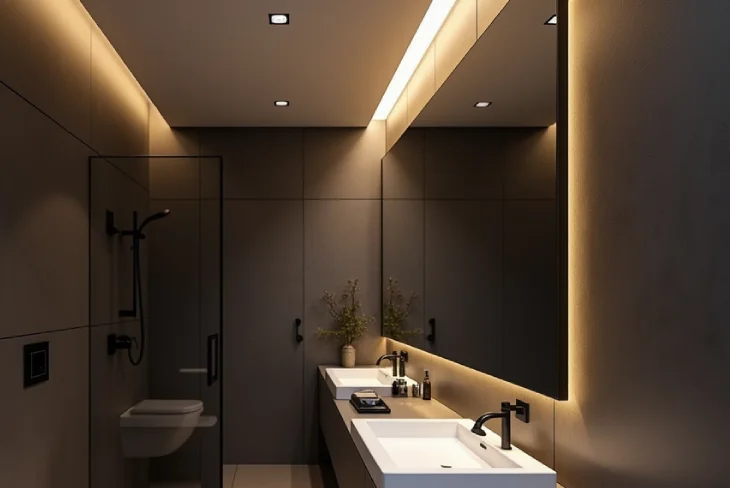

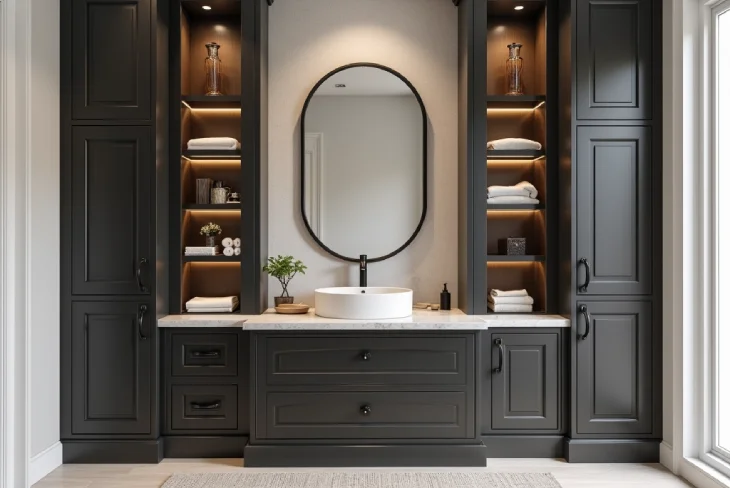
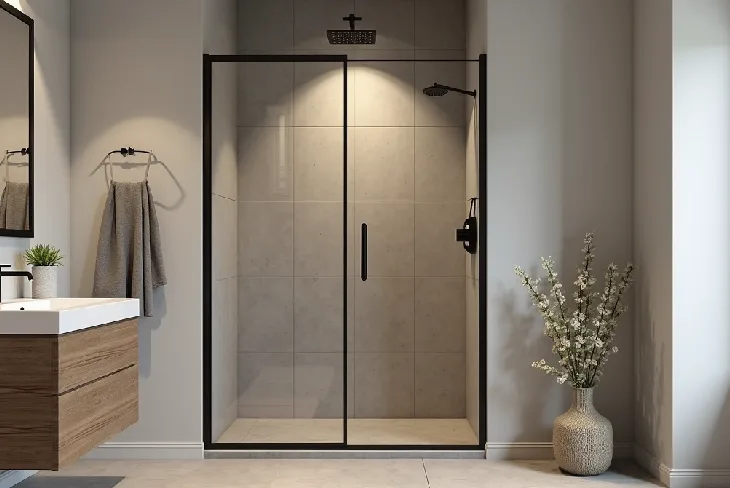

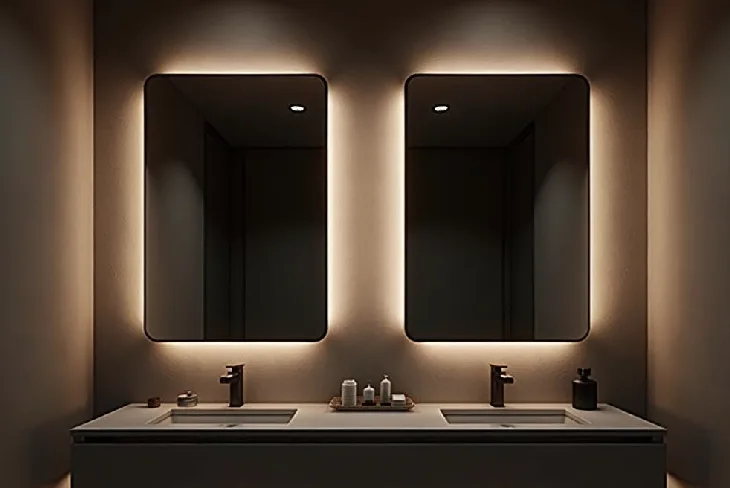
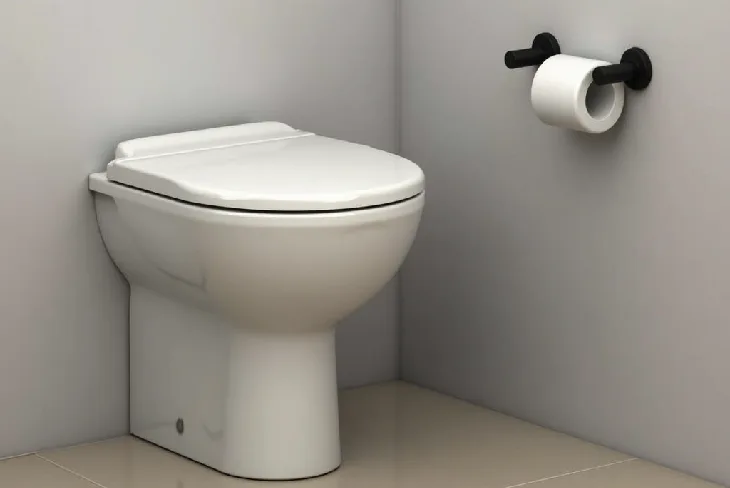

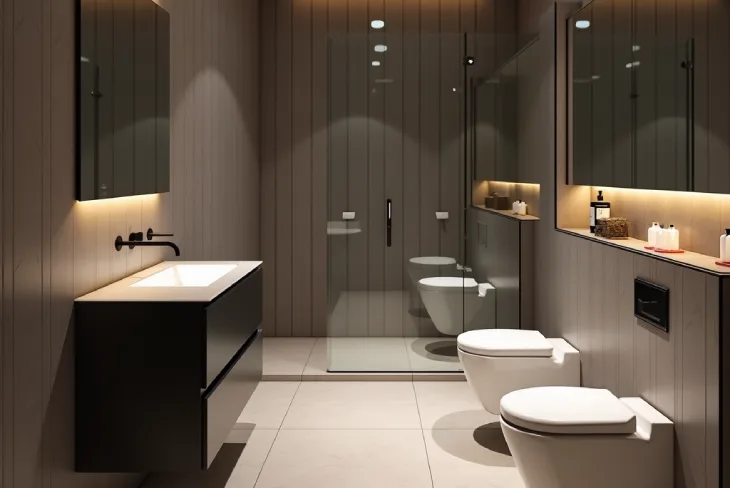
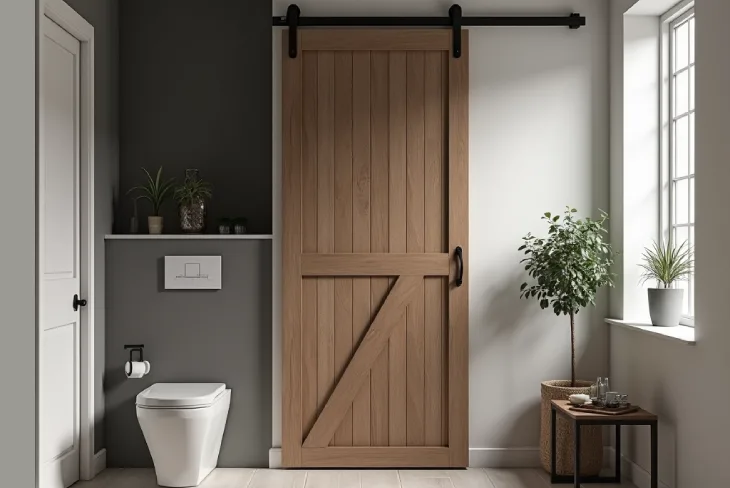

![15 Farmhouse Bathroom Ideas [2025 Trends]](https://homewhizz.co.uk/wp-content/uploads/2024/11/Farmhouse-Bathroom-Ideas.webp)
